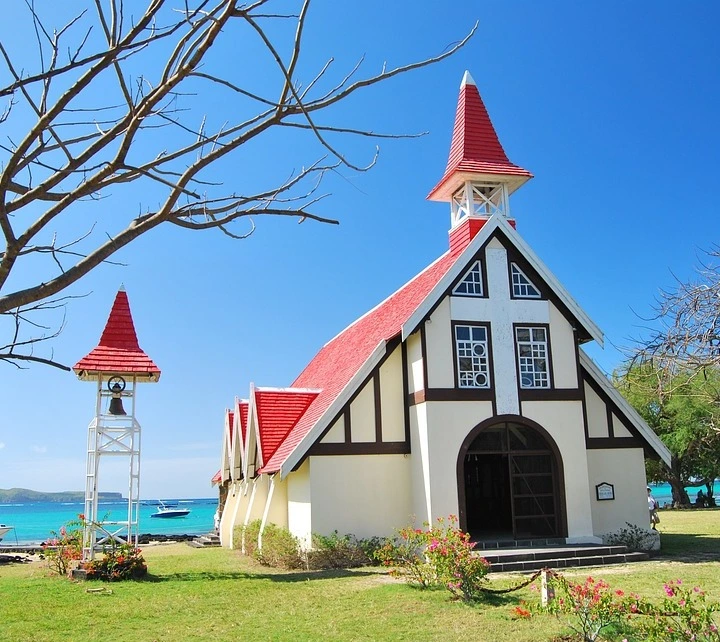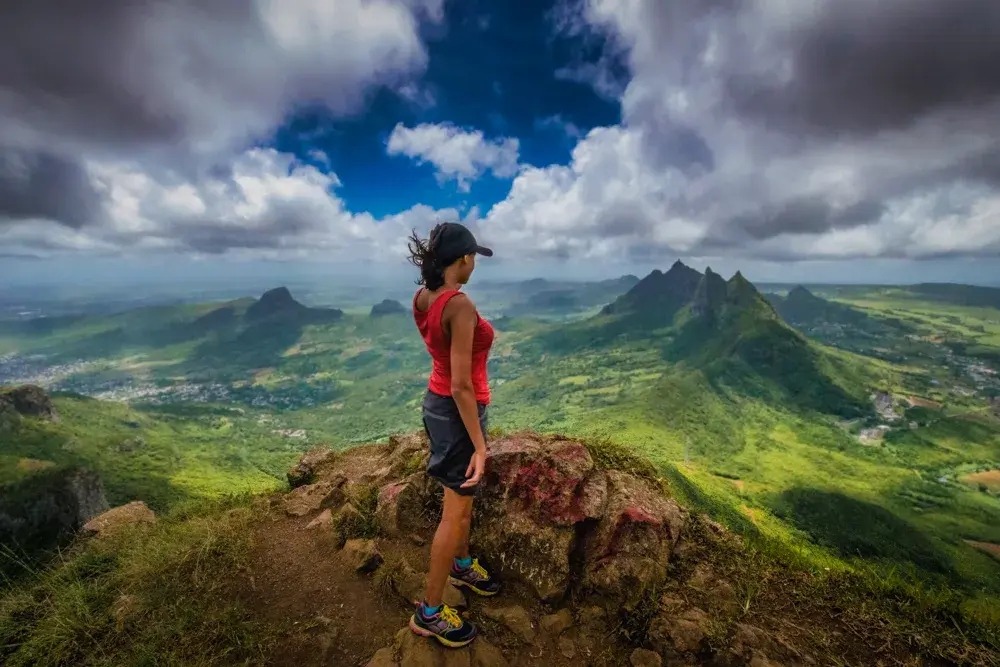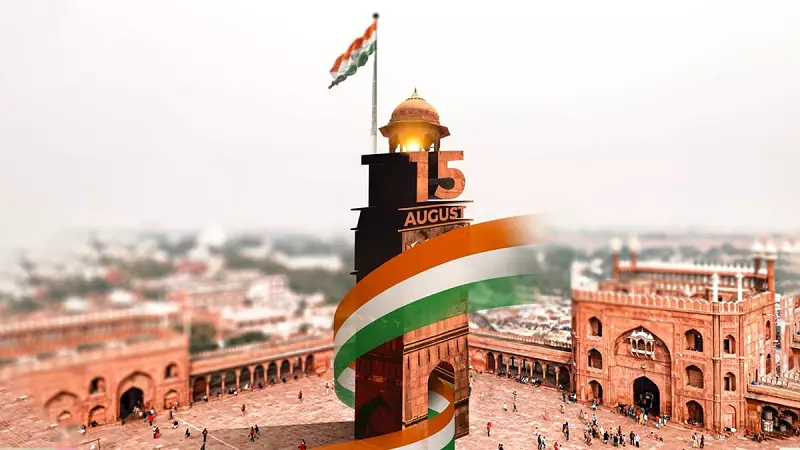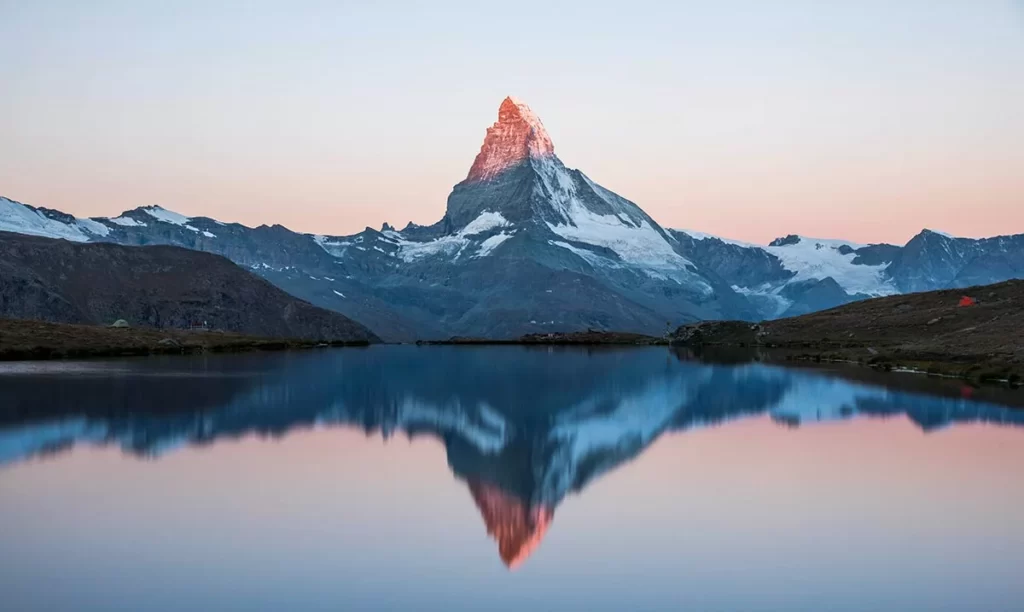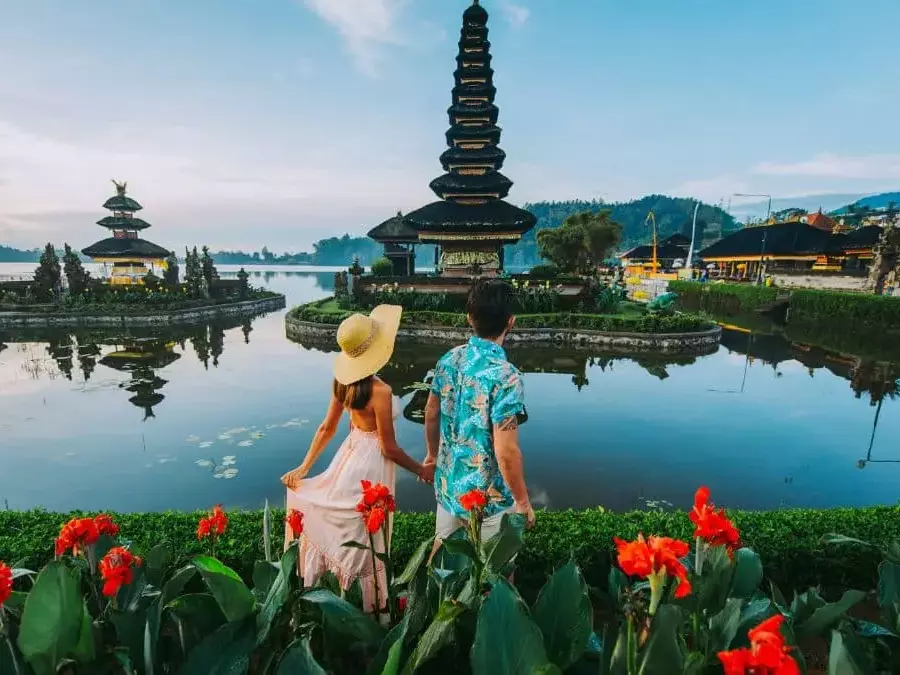The largest temple in India
India is a country steeped in history, culture, and religion. One of the most striking aspects of this nation is its impressive temples, which are architectural wonders that showcase the skill, dedication, and devotion of ancient builders. Of all the temples in India, the largest is Angkor Wat, located in Cambodia. In this blog post, we’ll delve into the history, architecture, and significance of Angkor Wat, as well as other notable large temples in India.
Historical Background
Temples have been an integral part of Indian culture and religion for thousands of years. The earliest temples were simple structures made of wood and thatch, but as time passed, the temple architecture became more elaborate, incorporating stone and intricate carvings. The construction of large temples in India is often attributed to the Chola dynasty, which ruled from the 9th to the 13th centuries. The Chola kings were patrons of the arts and sponsored the construction of grand temples throughout the country.

The Cultural and Religious Significance of Large Temples
Large temples in India have immense cultural and religious significance. They are often dedicated to Hindu gods and goddesses, who are revered by millions of people across the country. Temples are considered to be sacred spaces, where people can connect with the divine and seek blessings. They are also centers of community life, where people come together to celebrate festivals and perform rituals. The grandeur of large temples often inspires awe and wonder, reminding people of the power and majesty of the gods they worship.
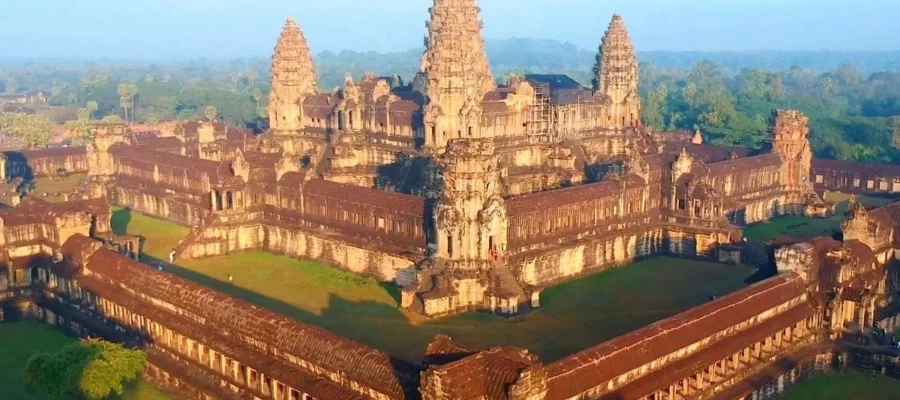
Angkor Wat: The Largest Temple in India
Angkor Wat is the largest temple in India, located in the city of Siem Reap in Cambodia. Built in the 12th century by the Khmer king Suryavarman II, Angkor Wat is considered to be one of the most impressive architectural achievements in the world. The temple complex covers an area of 162.6 hectares and includes a series of concentric walls and moats, leading to a central shrine surrounded by four smaller shrines.
Physical Description and Features of Angkor Wat
Angkor Wat is a stunning example of temple architecture, incorporating elements of Hinduism and Buddhism. The temple is designed to represent Mount Meru, the abode of the gods in Hindu mythology. The temple has five towers, representing the five peaks of Mount Meru, and a central sanctuary, which houses a statue of Vishnu, a Hindu god.
The temple is adorned with intricate carvings, depicting scenes from Hindu mythology and Cambodian history. The carvings cover every inch of the temple walls and include over 1,800 apsaras, or celestial dancers, as well as depictions of battles, royal processions, and religious rituals.
Religious and Cultural Significance of Angkor Wat
Angkor Wat is a symbol of Khmer culture and heritage, and it remains an important center of worship for Cambodian Buddhists. The temple is also a popular tourist destination, attracting millions of visitors every year. Angkor Wat has been designated a UNESCO World Heritage Site and is considered one of the greatest architectural achievements in human history
Other Notable Large Temples in India
While Angkor Wat may be the largest temple in India, there are many other grand temples throughout the country that are equally impressive. Some notable examples include the Brihadeeswarar Temple in Thanjavur, Tamil Nadu, the Meenakshi Temple in Madurai, Tamil Nadu, and the Konark Sun Temple in Odisha.
The Brihadeeswarar Temple, also known as the Big Temple, was built in the 11th century by the Chola king Raja Raja I. The temple is dedicated to Lord Shiva and features a towering gopuram, or gateway, that stands over 200 feet tall. The temple is renowned for its intricate carvings, which include depictions of gods, goddesses, and mythological creatures.
[data:image/svg+xml,%3csvg%20xmlns=%27http://www.w3.org/2000/svg%27%20version=%271.1%27%20width=%2730%27%20height=%2730%27/%3e](data:image/svg+xml,%3csvg%20xmlns=%27http://www.w3.org/2000/svg%27%20version=%271.1%27%20width=%2730%27%20height=%2730%27/%3e)
The Meenakshi Temple is dedicated to the goddess Meenakshi, a form of the Hindu goddess Parvati. The temple complex covers an area of 45 acres and includes 14 gopurams, each adorned with elaborate sculptures and carvings. The temple is also home to a golden lotus tank, which is believed to be the site of a miracle performed by Meenakshi.
The Konark Sun Temple is a 13th-century temple dedicated to the Hindu sun god Surya. The temple is designed to represent a chariot, with 24 wheels and seven horses, and is covered in intricate carvings depicting scenes from Hindu mythology. The temple is also renowned for its sundial, which is accurate to within a few seconds.
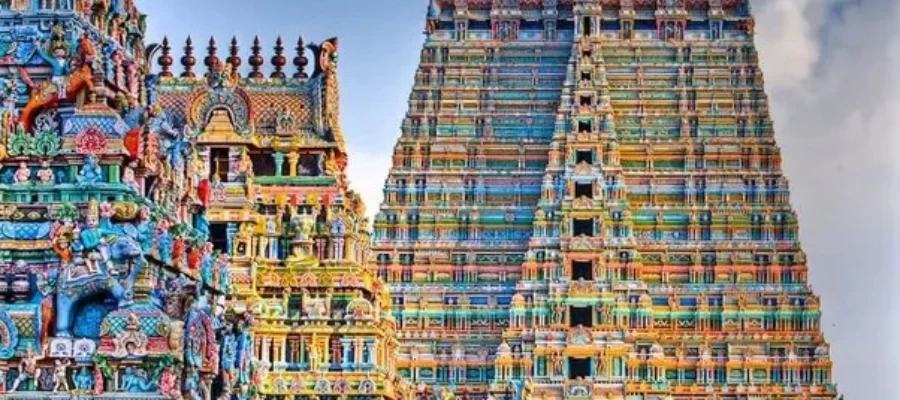
Challenges in Maintaining and Preserving Large Temples
Maintaining and preserving large temples in India is a significant challenge, given the age and size of many of these structures. Environmental factors, such as weathering and erosion, can cause damage to the temples over time. Additionally, pollution and overcrowding can also take a toll on these ancient structures.
The Indian government has taken steps to preserve these temples, including designating them as heritage sites and investing in restoration efforts. However, much more needs to be done to ensure that these temples are preserved for future generations. Community involvement is also crucial in temple preservation, as local people can help to protect and maintain these cultural treasures.
Conclusion
Large temples in India are a testament to the skill and devotion of ancient builders, as well as the rich cultural and religious traditions of the country. Angkor Wat may be the largest temple in India, but there are many other impressive temples throughout the country that are equally worthy of attention. Preserving these temples is essential, not only for their historical and cultural significance but also for the spiritual and communal value they provide to millions of people across India. By working together, we can ensure that these architectural wonders continue to inspire and awe for generations to come.
Let us know your requirements. Our experts will curate the perfect itinerary for you.





